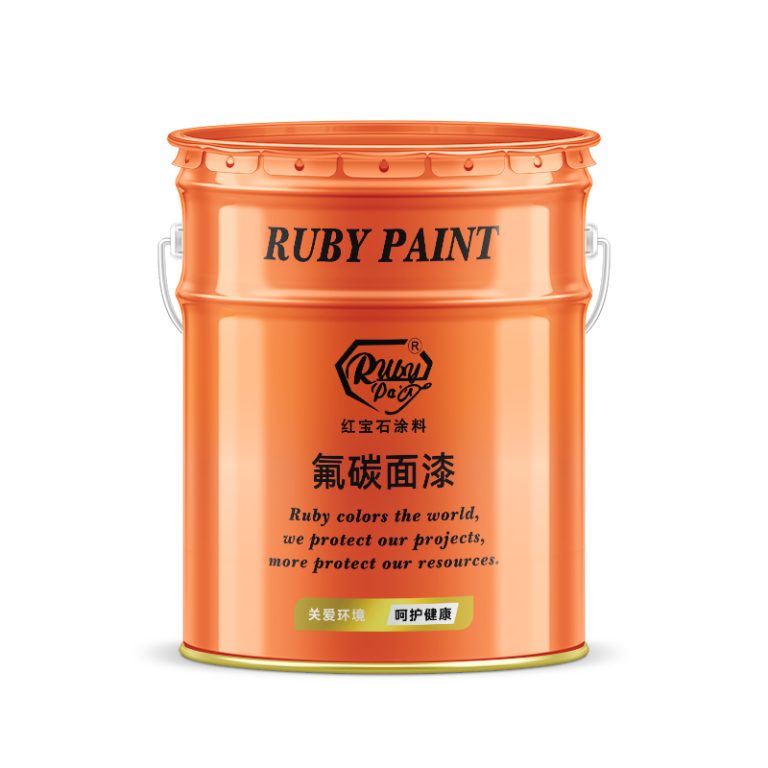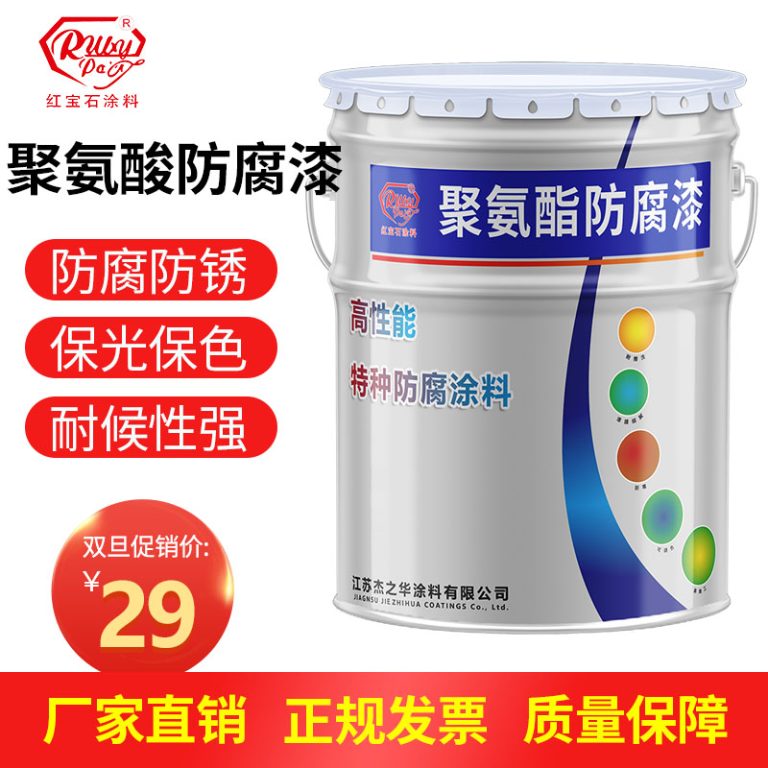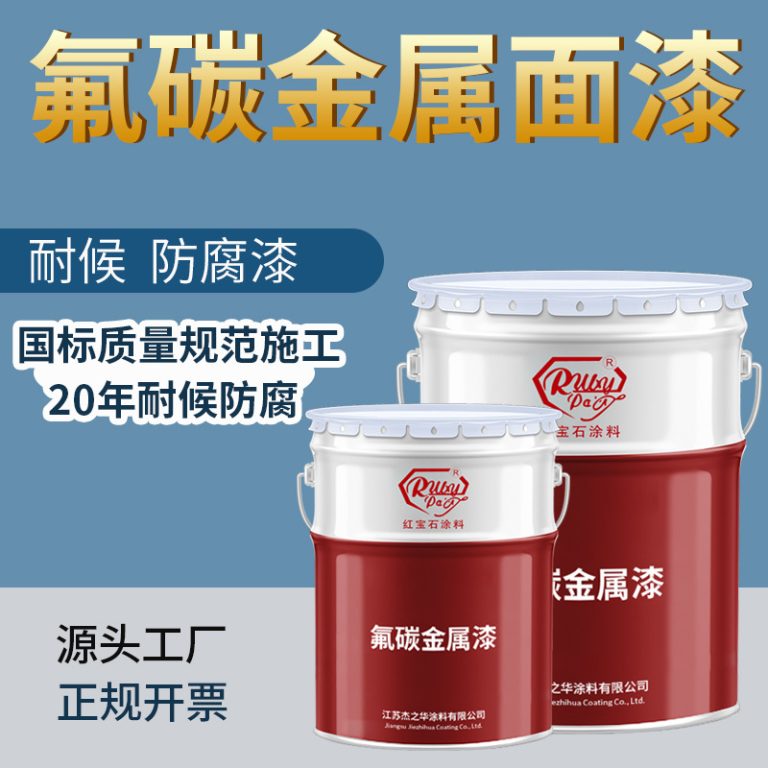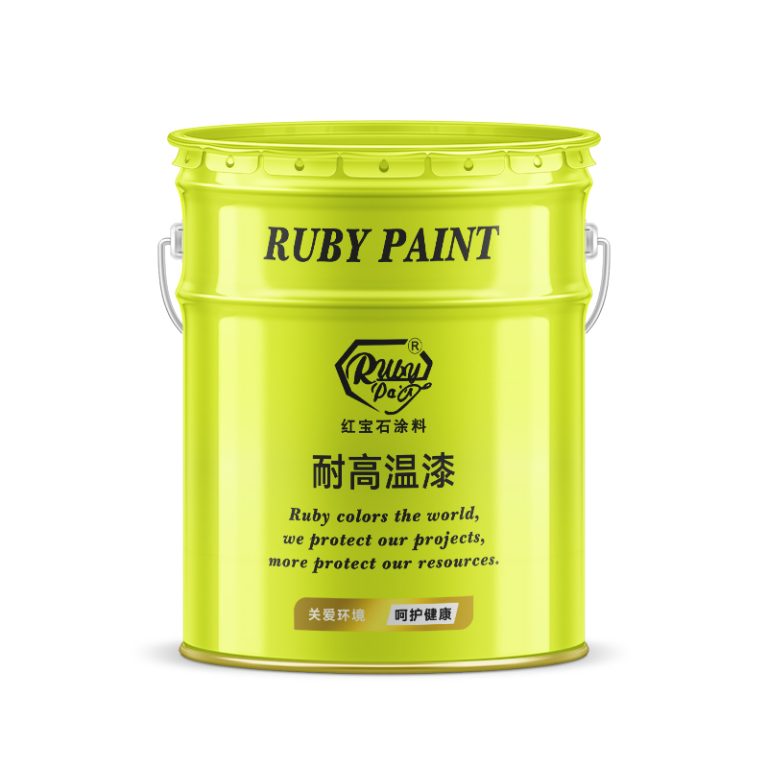The Role of Zinc in Paint Formulations and Its Impact on Durability
The Role of Zinc in Paint Formulations and Its Impact on Durability
Paint is a ubiquitous protective and decorative material that has been used for centuries to shield surfaces from environmental factors and to add aesthetic appeal to structures. Over time, the composition of paint has evolved significantly, with various additives being incorporated to enhance its properties. One such additive that has gained prominence in the paint industry is zinc, a metallic element known for its corrosion-resistant properties. The inclusion of zinc in paint formulations plays a crucial role in extending the lifespan of painted surfaces, particularly those exposed to harsh conditions.
Zinc is often introduced into paint in various forms, such as zinc oxide, zinc phosphate, or zinc dust. Each of these compounds serves a specific purpose and contributes to the overall performance of the paint. Zinc oxide, for instance, is widely recognized for its ability to provide protection against ultraviolet (UV) light, which can cause degradation of the paint film over time. By reflecting and scattering UV radiation, zinc oxide helps to prevent the breakdown of the binder and pigment in the paint, thereby preserving the integrity and color of the painted surface.
| Number | Products |
| 1 | Fluoracarbon finish paint |
Moreover, zinc phosphate is utilized as a corrosion inhibitor, especially in primer coatings. It acts by providing a protective layer that impedes the electrochemical reactions which lead to rust and corrosion on metal surfaces. This is particularly beneficial for structures that are exposed to moisture or are situated in coastal areas where salt spray is prevalent. The presence of zinc phosphate in the primer ensures that the underlying metal is safeguarded, thus prolonging the service life of the entire paint system.
Zinc dust is another form of zinc used in paint, primarily in zinc-rich primers. These primers contain a high percentage of metallic zinc particles, which provide cathodic protection to ferrous substrates. When applied to steel, the zinc particles act sacrificially, corroding in preference to the steel and thereby protecting it from rust. This is especially important for industrial applications and infrastructure such as bridges, pipelines, and offshore platforms, where long-term durability is a critical concern.
The impact of zinc on the durability of paint is not only limited to its protective qualities. Zinc also enhances the mechanical properties of paint films, such as abrasion resistance and hardness. This means that surfaces coated with zinc-containing paints are more resistant to wear and tear, making them suitable for high-traffic areas and surfaces that are subject to frequent handling or cleaning.

Furthermore, the use of zinc in paint formulations aligns with environmental considerations. Zinc is a naturally occurring element and, when used responsibly, does not pose significant environmental risks. In fact, zinc-rich paints are often preferred in eco-friendly building practices due to their longevity and the reduced need for frequent repainting and maintenance, which can lead to lower overall environmental impact.
| Number | Product Name |
| 1 | Fluoracarbon finish paint |
In conclusion, the incorporation of zinc in paint formulations is a testament to the continuous advancements in the coatings industry aimed at enhancing the performance and durability of paint. By leveraging the protective and reinforcing properties of zinc, manufacturers are able to produce paints that not only safeguard surfaces against the elements but also contribute to sustainability through extended maintenance intervals. As research and development in paint technology persist, the role of zinc as a key ingredient in durable and high-performance coatings is likely to remain significant, ensuring that painted surfaces continue to stand the test of time.





